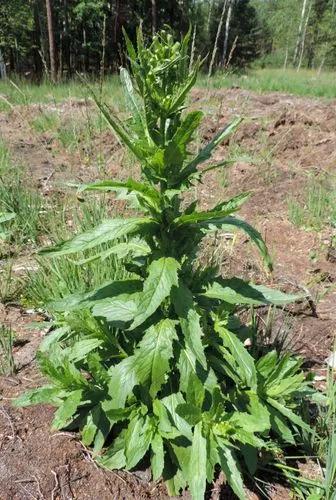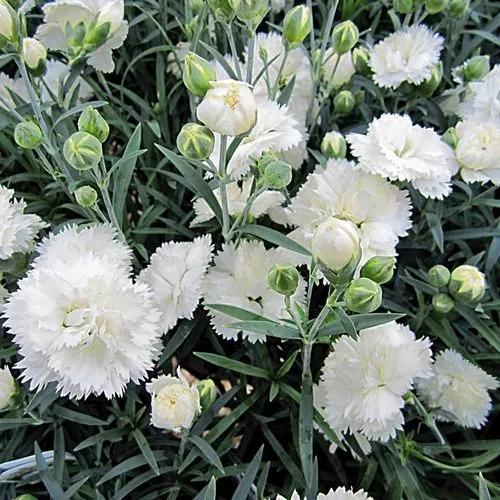Viola biflora is a species of the genus Viola. It is also called alpine yellow-violet, arctic yellow violet, or twoflower violet. It is found in Europe, Siberia, Central Asia, Pakistan, western and northern China, North Korea, Japan, and Western North America.
Viola Biflora Care
Viola Biflora
Other names: Yellow Wood-violet, Arctic Wood -violet, Twinflower Violet



How to Care for the Plant

Water

Optimal conditions for a good water supply are provided by an already prepared soil or a high-quality potting soil. They consist of components which, on the one hand, can store the water and on the other hand, the moisture can easily drain, so there is no danger of waterlogging. Until the flowering plants have grown, they must be regularly watered.

Pruning

You should regularly remove faded flowers, so that you can profit as long as possible from the magnificent rampant blossoms of the garden pansy. This makes the plant not only more cultivated, but it also forms new buds and blossoms. If you want that violet propagates itself, leave simply a few inflorescences, so that seed capsules can form, in which the seeds mature.

Fertilizer

Viola wittrockiana is very modest and demands too little for a lasting flowering. However, if you want to have some of its flowering plants for a long time, you should provide enough nutrients. If compost or horn shavings have already been incorporated into the soil during planting, no further fertilization is necessary until the end of the flowering phase. Garden pansies, which bloom in the spring, do not have to be re-fertilized after planting.

Sunlight

Sandy

Soil

Heavy (clay) soils and prefers well-drained soil. Suitable pH: acid and neutral soils.

Temperature

Viola biflora is quite cold tolerant, unharmed by temperatures of -10°c

Container

Prick out the seedlings into individual pots when they are large enough to handle and plant them out in the summer.

Additional

Common violet (Viola odorata L.) is not a toxic plant.

Popularity

27 people already have this plant 10 people have added this plant to their wishlists
Discover more plants with the list below
Popular articles






